This article was co-authored by wikiHow Staff. Our trained team of editors and researchers validate articles for accuracy and comprehensiveness. wikiHow's Content Management Team carefully monitors the work from our editorial staff to ensure that each article is backed by trusted research and meets our high quality standards.
There are 11 references cited in this article, which can be found at the bottom of the page.
wikiHow marks an article as reader-approved once it receives enough positive feedback. In this case, 85% of readers who voted found the article helpful, earning it our reader-approved status.
This article has been viewed 42,034 times.
Learn more...
Road trips are such a fun way to see some cool sights on your way to your destination. Whether you’re taking a multi-day trip, or just venturing out on the road for a few hours, you want to make sure you have everything you need. Make a list of what you want to pack to make sure that you won’t forget anything. Then pack up, grab your travel companions, and hit the road!
Steps
Traveling with Essential Items
-
1Purchase an emergency car kit to keep in the trunk. This is a good thing to have anyway, but it’s essential if you’re driving out of town. Look online or head to a big box store to grab a kit full of roadside essentials. A spare tire isn't part of a kit, but you should definitely have one of those, too. Check to make sure yours is in good shape. If you can’t find a pre-assembled kit, just buy items individually. Your kit should include:[1]
- Jumper cables
- Duct tape
- Fluids, such as windshield wiper fluid and extra water
- A flashlight
- Mini tool kit
- Tire pressure gauge
-
2Check your first aid kit to make sure it’s full. You probably won't need this, but it's always better to be safe rather than sorry. If you already have a first aid kit, that’s great. Just look it over before you hit the road to see that it’s stocked. If you don’t have one, you can purchase one online or at most drug stores. Just like with the emergency car kit, you can buy items individually or ones that are packaged together. Some items to include in your kit are:[2]
- 2 absorbent compress dressings
- 25 adhesive bandages in various sizes
- Antibiotic ointment and antiseptic wipes
- Various gauze pads
Advertisement -
3Take along maps and electronic navigation tools. Even if you know your route by heart, err on the side of caution and take the directions and a map with you. You never know when a road closure or inclement weather could cause you to change course. Keep paper road maps in your glove compartment as a backup. You can find them at most gas stations (along with tasty snacks!). A great, simple way to navigate is to use your phone's map app. Just be aware that you might end up in an area without service or reception. You'll need to rely on your paper maps in that situation.[3]
- Popular apps include Google Maps, Waze, and Apple Maps.
- If you have a travel partner, ask them to navigate for you to make things easier. If you’re on your own, pull over to check directions. Don’t look away from the road when you’re driving.
-
4Pack any medications you might need. Even if you’re only going on a day trip, it’s smart to take your medicine with you. You might need it if you get delayed coming home. If you have prescriptions that you take daily, carry them with you. You should also carry items like inhalers or EpiPens if you or someone in your family use those.[4]
- For short trips, consider taking a pill organizer with what you need, plus a few spares. That way you don't have to tote the whole bottle with you.
- Toss some over-the-counter meds in your bag, too. Grab ibuprofen, allergy meds, items for an upset stomach, and cough drops.
-
5Bring along any personal hygiene items you might need. Sitting in the car for long periods of time can make you feel a little gross. Take a travel toothbrush and toothpaste that you can use at a rest stop or gas station. Don't forget to take a travel bottle of hand sanitizer with you just in case the soap dispenser is empty.
- You should also bring along pads or tampons, just in case you need them. Consider including medicine like Midol, if you use it.
-
6Keep chargers for all of your devices handy. Make sure that you have the appropriate chargers for your phone, tablet, or any other electronic that you want to take with you. They should be specifically for your car or have an adapter that works with your car. Keep them in easy reach so that you can access them whenever your battery is low. The console might be a great place to stash chargers.[5]
- If possible, take a battery-powered or another portable charger with you. That way you’ll be covered if your car loses power for some reason.
-
7Check to make sure you have important documents and money. Don’t leave home without your driver’s license, proof of registration, and car insurance. If you are planning to travel out of the country, make sure that you have a valid passport with you, too. If you have a roadside assistance plan, like with AAA, make sure you carry that phone number and your account information in your car at all times.[6]
- It’s also smart to keep your car manual in your glove box. It can come in handy if some minor issue occurs with your car while you’re out on the road.
Maximizing Your Space
-
1Pack the biggest and heaviest items first. This will help you make sure that everything fits. Load up bulky items like coolers first, since they take up the most space. Then you can arrange smaller items around them. Heavy items should always go on the bottom so that you don't crush light items like your favorite hat or umbrella.[7]
- Find creative ways to pack soft items. For example, you can roll up your beach blanket and wedge it between 2 big suitcases.
- Getting the largest items situated first can also help you get a better idea of how much space you actually have.
-
2Suggest that each person bring 1 small bag and 1 larger bag. Think of this like packing to go on an airplane. Each person can bring a small "carry on" that includes things they'll need on the trip, like water, snacks, magazines, etc. That will free up room in bigger suitcases to stow items like shoes and clothing.[8]
- Packing "airplane-style" also keeps things that you might need handy so that you don't have to rummage through the trunk or cargo area trying to find things that you need while you're in the car.
-
3Purchase a dedicated bike rack if you are taking bikes. It might be tempting to save yourself some money and try to wedge your bike into the back of your car. That usually winds up causing some extra stress and headaches. The safest way to transport bikes is to buy a bike rack that will work for your type of car. Follow the manufacturer's instructions to keep your bikes securely in place.[9]
- Search online for bike racks or ask an employee at your local bike store if they can make a recommendation.
-
4Secure any items that will be in a truck bed to prevent damage. If you have a pickup, you can probably transport whatever items you need. The trick is to make sure they won't fly out of the truck or slide around and cause damage. Use straps and ties to secure all of the items in your truck bed. You can also purchase a bed cover to keep your items safe and secure.[10]
- Always carry waterproof tarps with you. You never know when it might rain, and you don't want your stuff to get damaged.
-
5Rent a larger vehicle if you need more space. Sometimes you just have more cargo than you have room for. If your budget allows, consider renting a bigger vehicle that has more room. This is often easier than trying to cram everything into space where it just won't fit.[11]
Staying Comfortable
-
1Pack comfy clothes that can be layered. Comfort is key when you’re in the car. Wear and take clothing that is breathable and moves with you, like stretchy cotton shirts or leggings. Take a couple of warmer items with you, like a sweatshirt or shawl, in case you get chilly. You might also pack a couple of spare items, even if you are only going on a day trip. You never know when you might get caught in the rain and need a dry t-shirt or a fresh pair of socks.[12]
- Pack some light layers for any kids that you’re traveling with. It’s also a good idea to pack a spare outfit or two for them, just in case there’s a spill or accident.
-
2Check the weather forecast and pack appropriate jackets and shoes. This is especially important if you are traveling in or to a cold climate. Make sure that you have appropriate winter weather coats for each traveler. Even if you expect mild weather, pack a rain jacket or light coat. Temperatures can shift rapidly, so it’s a good idea to be ready.[13]
- Pack shoes appropriate for the terrain. For example, take boots or good sneakers if you’ll be hiking or doing outdoor activities.
-
3Take pillows and blankets to make the ride more comfortable. Long road trips might mean that you’ll be sleeping in the car. A cozy pillow and blanket can make cramped quarters a lot more comfortable, so don’t forget to pack them. If you have a young child, remember to bring their favorite items.[14]
- Consider buying a travel pillow for your neck if you are prone to cramps or discomfort.
-
4Bring sunglasses and sunscreen to prevent discomfort or burns. Sun in your eyes can make even a fun road trip a little miserable. Don’t forget to toss your favorite sunnies into your bag. If you know you’ll be driving, keep them near the driver’s seat for easy access. Even if you’ll mainly be in the car, take sunscreen with you and apply it every few hours.[15]
- The sun can reach you even through car windows, so follow the application directions on your sunscreen to stay safe. Tinted windows can offer some protection, but it's always better to be safe than sorry.
-
5Place a portable trash can and cleaning supplies in the car to keep it clean. No one likes riding around in a dirty car. You can buy a car trash can online, at a box store, and at many gas stations. Keep it handy for snack wrappers, tissues, and other items. You can often find travel sizes of these items to store in your console or glove compartment. Good cleaning supplies to take include:[16]
- Wet wipes
- Air freshener
- Hand sanitizer
- Portable stain remover, like a Tide pen
Picking Good Snacks
-
1Take a cooler for beverages and perishables. If you’re traveling for more than an hour or two, pack a small cooler with ice or ice packs. Add some water bottles, other drinks, and whatever snacks you want to keep cold. Make sure to put anything perishable in your cooler so that it won’t spoil.[17]
- You can look online or in big grocery stores for travel coolers or cold bags.
- Toss in easy snacks like fruit, string cheese, or individual yogurts.
-
2Choose snacks with protein to sustain your energy. Protein will give you the lasting energy you need to make it through a long drive. Try beef or turkey jerky for a savory snack. You could also bring along little bags of roasted chickpeas, energy bars, or squeeze packs of nut butter. [18]
- Try making your own energy bars or bites for a healthy, affordable option.
-
3Include items that are easy to munch on as you drive. The best road trip snacks are ones that you can easily eat with one hand. Pack some bags of popcorn, nuts, or trail mix. You can make your own or purchase these items at most stores or gas stations.[19]
- Avoid foods that are hard to eat or are messy, like salads or ice cream.
-
4Make your own snacks to save money and eat healthily. While it’s tempting to eat nothing but chips and candy on your trip, that can add a lot of extra calories and money to your day. Try making your own snacks at home as a way to be a little more nutritious and budget-friendly.[20]
- Try making your own trail mix, packs of cheese and crackers, peanut butter sandwiches, or fruit cups.
Community Q&A
-
QuestionIf I like to write, how will I do it successfully in the car?
 Community AnswerJust bring something firm, like a book or magazine to put your paper on, and write slowly and carefully so your handwriting is legible.
Community AnswerJust bring something firm, like a book or magazine to put your paper on, and write slowly and carefully so your handwriting is legible. -
QuestionWould it be reasonable to bring a camera?
 Community AnswerOf course! You will want to capture the special memories you make on your trip.
Community AnswerOf course! You will want to capture the special memories you make on your trip. -
QuestionShould I bring a blanket and a pillow if I'm planning to take a nap on the car?
 Community AnswerYes. Stay comfortable.
Community AnswerYes. Stay comfortable.
Warnings
- Make sure you don’t let your gas tank get too close to empty.⧼thumbs_response⧽
- Don’t travel if the weather is severe or if there are travel warnings.⧼thumbs_response⧽
- Consider getting your car checked out before taking a really long trip.⧼thumbs_response⧽
References
- ↑ https://www.allstate.com/blog/assembling-emergency-car-kit/
- ↑ https://www.redcross.org/get-help/how-to-prepare-for-emergencies/anatomy-of-a-first-aid-kit.html
- ↑ https://www.nhtsa.gov/summer-driving-tips
- ↑ https://wwwnc.cdc.gov/travel/page/pack-smart
- ↑ https://www.fema.gov/SafeTravels
- ↑ https://wwwnc.cdc.gov/travel/page/pack-smart
- ↑ https://www.consumerreports.org/video/view/travel/5998313798001/how-to-pack-your-car-like-a-pro/
- ↑ https://driving-tests.org/beginner-drivers/how-to-pack-a-car-for-vacation/
- ↑ https://www.consumerreports.org/video/view/travel/5998313798001/how-to-pack-your-car-like-a-pro/
- ↑ https://www.consumerreports.org/video/view/travel/5998313798001/how-to-pack-your-car-like-a-pro/
- ↑ https://driving-tests.org/beginner-drivers/how-to-pack-a-car-for-vacation/
- ↑ https://www.nps.gov/articles/10essentials.htm
- ↑ https://www.nps.gov/articles/10essentials.htm
- ↑ https://www.nhtsa.gov/summer-driving-tips
- ↑ https://www.nps.gov/articles/10essentials.htm
- ↑ https://whereintheworldisnina.com/road-trip-packing-list/
- ↑ https://www.cntraveler.com/story/road-trip-snacks?verso=true
- ↑ https://koa.com/blog/healthy-snacks-for-your-next-road-trip/
- ↑ https://koa.com/blog/healthy-snacks-for-your-next-road-trip/
- ↑ https://www.cntraveler.com/story/road-trip-snacks?verso=true

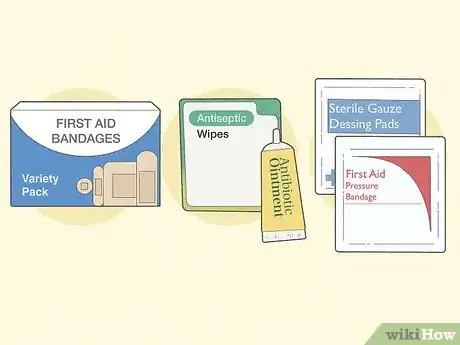
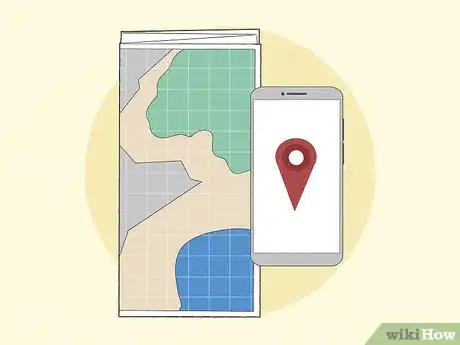
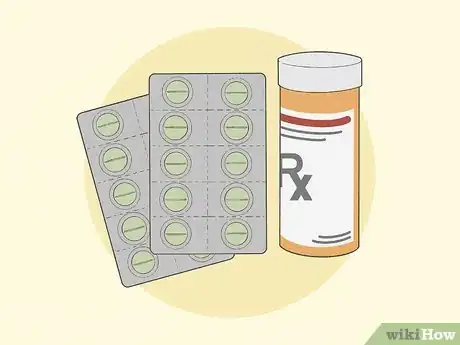


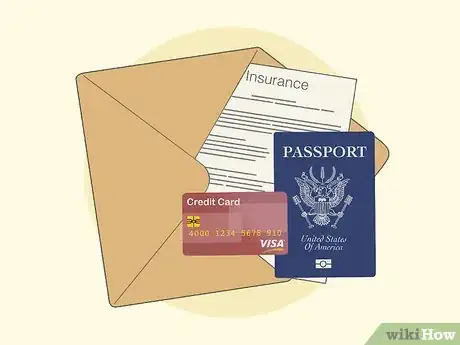



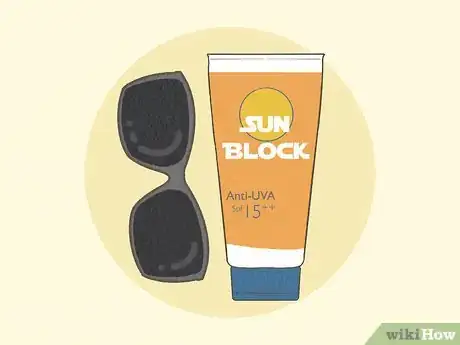
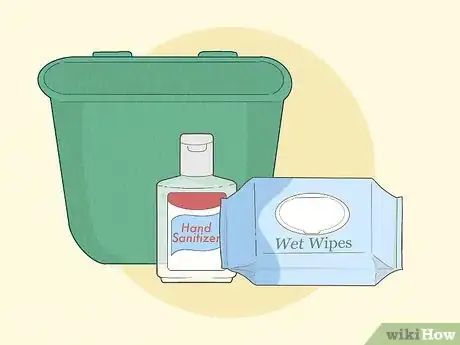

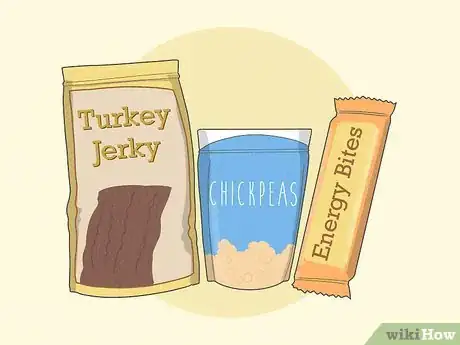

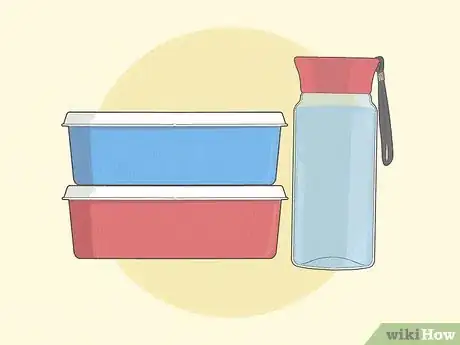




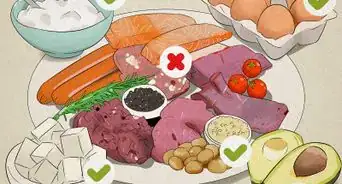

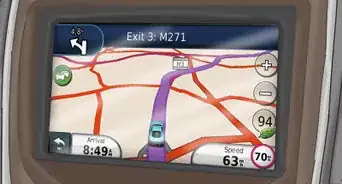


-Step-14-Version-2.webp)
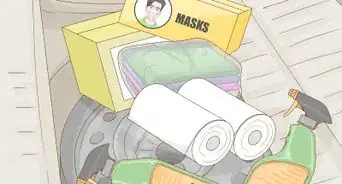


-Step-12.webp)
















































